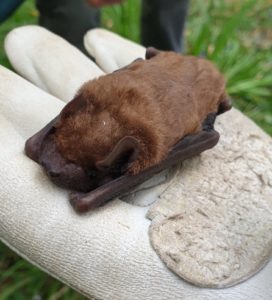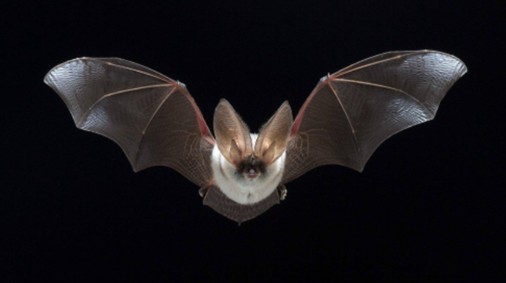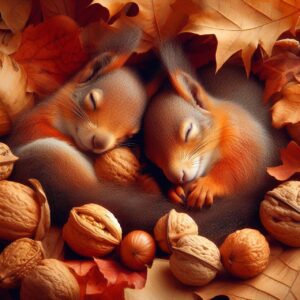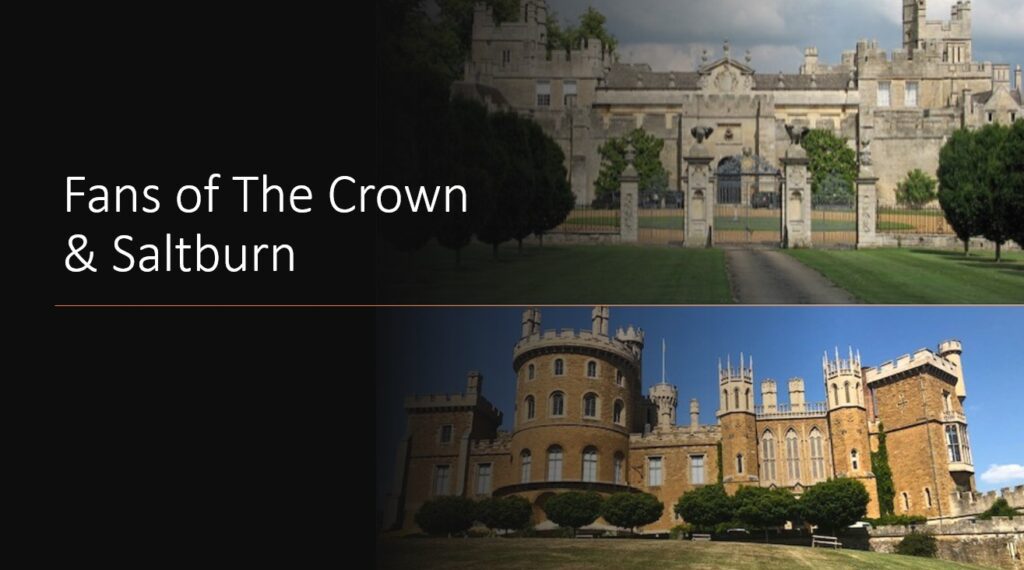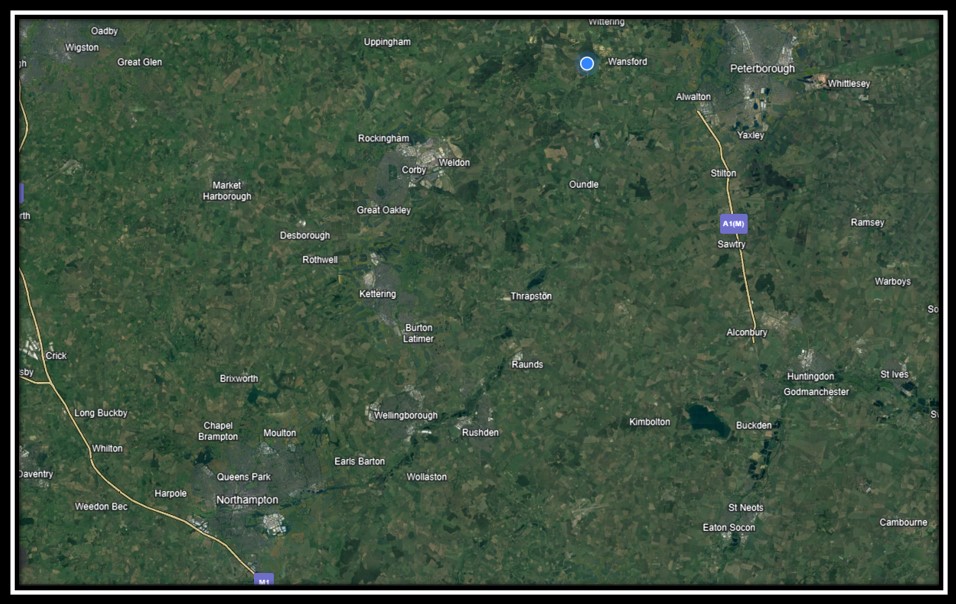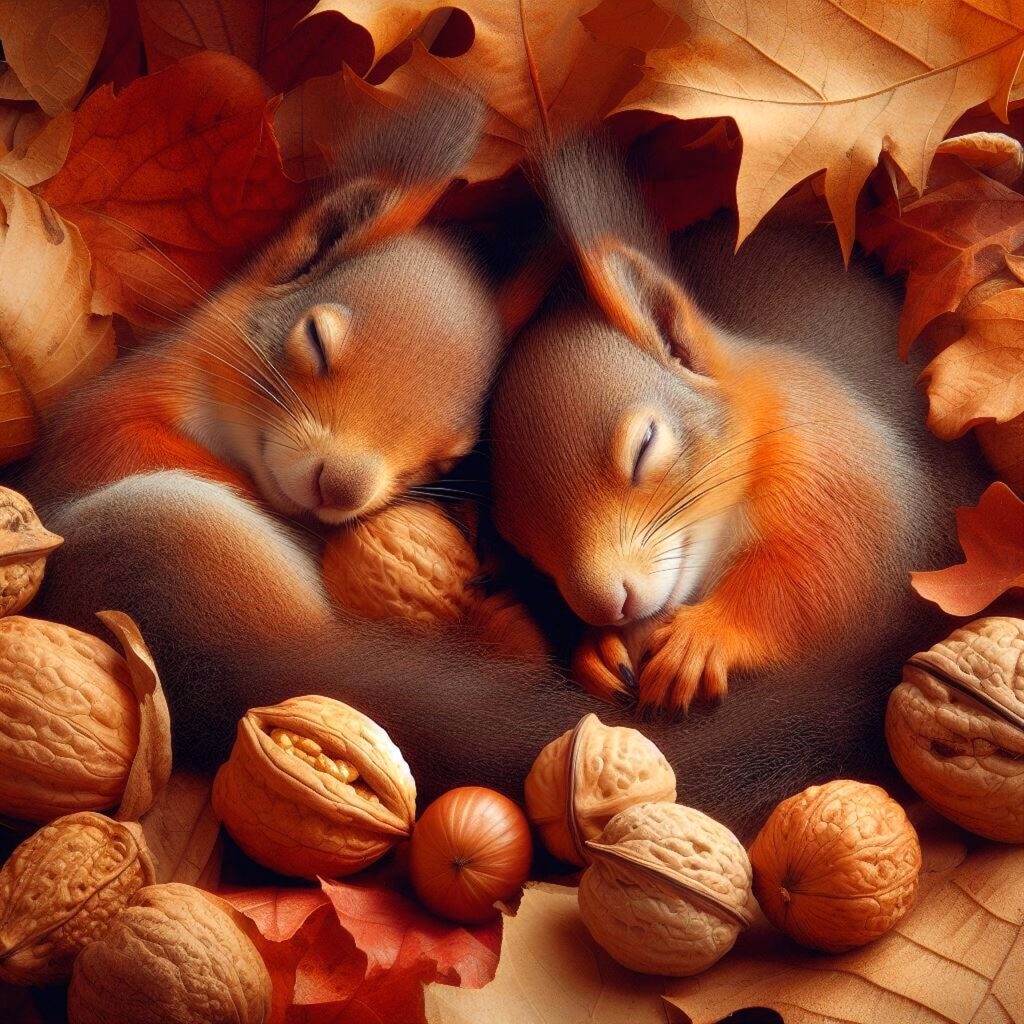Bats of Britain
Britain is home to 18 different species of bats. They are nocturnal animals and make up almost one quarter of the mammal population in the UK.
All the bats in Britain are considered endangered and therefore are a protected species.
In recent years the number of bats has drastically declined due to a variety of different factors, such as loss of habitats and roosts, poor water quality and poisonous chemicals which are found in treated timber.
Here at Rockingham Forest Park, it is very important to us that our furry nocturnal friends get to live harmonious and without any disturbances. We are in the direct flight path of the bats in the area, if you stay on the park, you will notice that lighting is kept low around lodges. As bats are nocturnal, artificial lighting can be harmful to them. There are many reasons lighting can cause problems:-
- Delayed time leaving their roosts leaves them less time to forage for food, as they feed on insects, the missed opportunity can have an impact of their survival and growth of their young.
- If the entrance of their roost is lit up, they may abandon or become entombed.
- It would affect feeding behaviour of bats that are away from their roosts.
We work closely with local Forestry Management company and their ecologist predevelopment, during and continue to work with them, this is to ensure our wildlife residents are not affected by the park. There are a lot of different checks and surveys that need to be carried out to make sure legislations are followed. We had a survey carried out to find out where on our site the flight paths were, with this information we had to make sure no lodges were built in this path and the lodges that were close to the path, would have to be placed at certain angles with lighting adjusted to ensure we caused no disturbance to the bats in the area.
Written by
Kayleigh Marshall
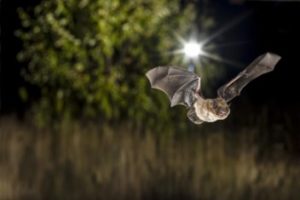
Most Common Species in Britain
Flying Fox
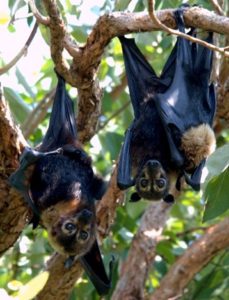
Grey Long-eared (Plecotus Austriacus)
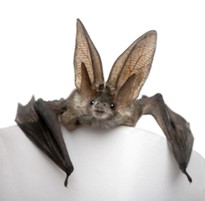
Common Pipistrelle
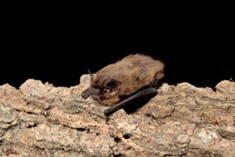
Noctule
